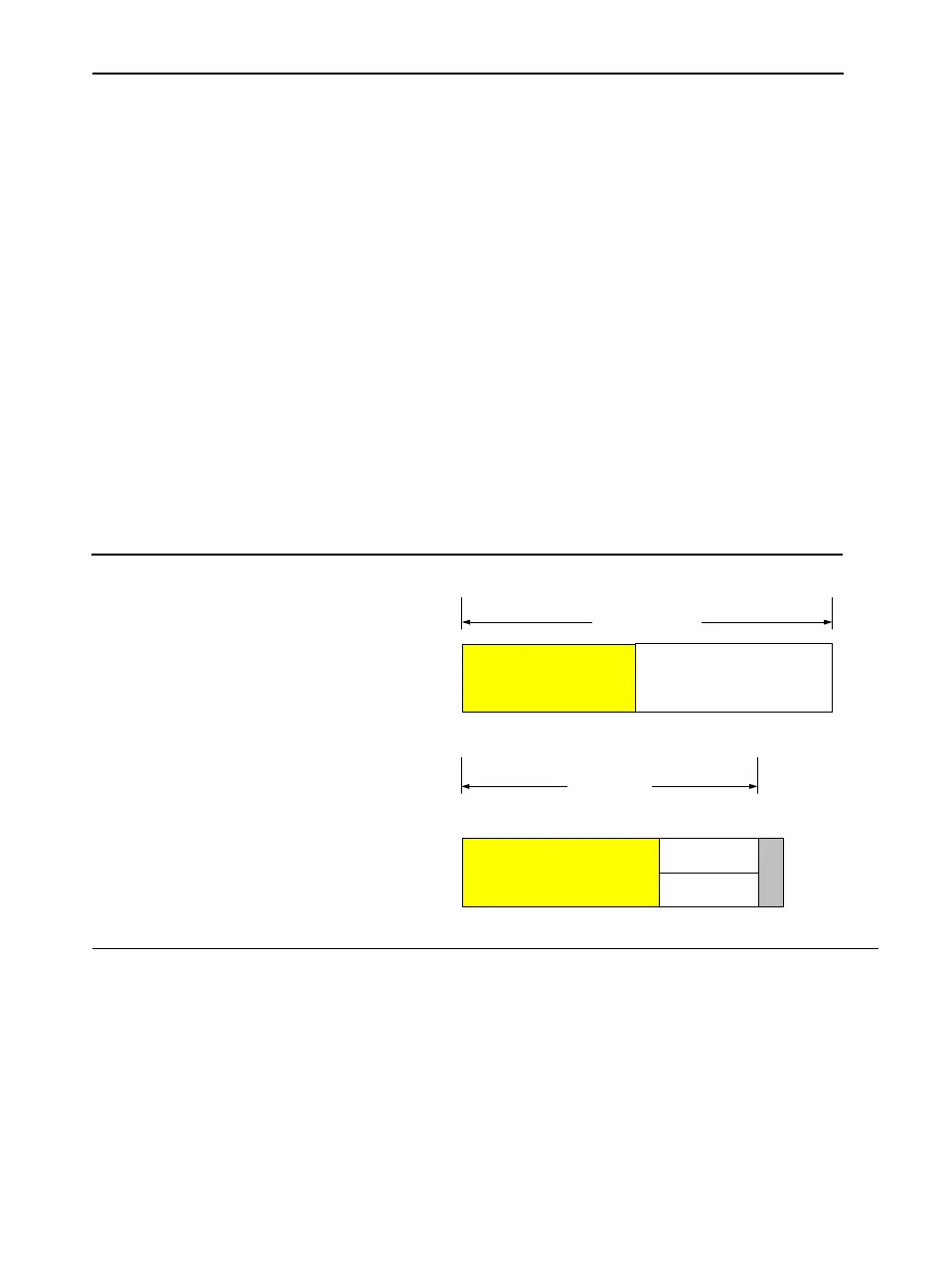Multi-Core and Hyper-Threading Technology 7
7-3
Figure 7-1 illustrates how performance gains can be realized for any
workload according to Amdahl’s law. The bar in Figure 7-1 represents
an individual task unit or the collective workload of an entire
application.
In general, the speed-up of running multiple threads on an MP systems
with N physical processors, over single-threaded execution, can be
expressed as:
where P is the fraction of workload that can be parallelized, and O
represents the overhead of multithreading and may vary between
different operating systems. In this case, performance gain is the inverse
of the relative response.
Figure 7-1 Amdahl’s Law and MP Speed-up
RelativeResponse
Tsequential
Tparallel
-------------------------------= 1 P–
P
N
---- O++
⎝⎠
⎛⎞
=
1-P
P
Tsequential
1-P
P/2
Tparallel
P/2
Single Thread
Multi-Thread on MP
Overhead

